KEY POINTS
- 2 of the most important and popular companies –– Apple and Tesla –– split their stocks among Monday.
- Here’s what the procedure looks like and why experts state you most likely shouldn’t do anything about it.
Two of the most important and popular public companies – — Apple and Tesla –– completed stock divides between Monday. Wondering what that entails? And what, if anything, it implies for your investments?
Let’s start with how the procedure of a corporate stock split works.
Every openly traded business has several stocks, or shares, that make up its overall worth. The combined worth of Apple’s stock reached more than $2 trillion earlier in August. Tesla, meanwhile, is valued at over $400 billion.
When a company splits its stock, its total value doesn’t change; it simply ends up with more stocks, each at a cheaper cost.
Here’s a food metaphor: If you ask the man at the pizzeria to cut each piece in your big pie in half, you’ll still go home with the very same amount of pizza. You just have more, smaller sized slices now.
Business generally says they’re splitting their stocks to make them cost-effective to more people.
But, is that true? It’s more of a method to get headings and bring in money, said certified financial coordinator Douglas Boneparth, founder and president of Bone Fide Wealth in New York.
“This was done as a marketing tool to get smaller sized investors to purchase the stock,” Boneparth stated. “The actual mechanics of the company are the same.”
And therefore, so are your opportunities of earning a profit on either Tesla or Apple, experts say.
“People eventually need to know, ‘What does this mean for my bottom line?'” Boneparth said. “The answer is absolutely nothing.”
If you own Apple in an index fund, for example, it’s as if you had a dollar that just turned into four quarters, Boneparth said.

Apple is splitting each of its stocks into 4, and Tesla five.
Still, individuals can be seduced by all of a sudden lower prices.
Not so quick, professionals say.
Even if you can purchase the stock now does not indicate you’re getting more worth than you might before the split, said Stacy Francis, a CFP and president and CEO of Francis Financial.
If you can buy one Apple stock after the split, for instance, keep in mind that singular stock is now one-fourth the value of what it would have been worth prior to the split– and why you paid one-fourth the cost.
The mathematics is, naturally, the very same if you currently own the stock when the split occurred.
“A two-for-one stock split indicates that for each share of the stock you owned before the split, now you own two,” Francis stated. ” While you have two shares instead of one, the value of each share is half.”
History informs us that a company’s performance is unforeseeable in the wake of its split.
For instance, when Apple divided in 2014, it increased by nearly 40% for the year. Yet after its split in 2000, it was down 60%.
Tesla and Apple stock were up on Monday, however that does not imply much, said Allan Roth, founder of monetary advisory firm Wealth Logic.
“In the long-run, [they] will be driven by the principles of the business and the divides will have no bearing on long-term performance,” Roth stated.
Here’s more evidence that stock divides are more about headings than your bottom line: These days you don’t even need to be able to buy a business’s entire stock to own it and go along for its flight of ups and downs.
Many brokerage firms like Fidelity and Charles Schwab permit people to purchase portions of stock, referred to as fractional shares, Boneparth stated, even more, revealing that “stock divides suggest definitely nothing.”
The idea that the procedure enables more people to purchase the stock is, he stated, “a moot point when fractional stocks exist.” Before Monday, he said, “U.S. financiers could have bought fractional shares of Tesla or Apple for $5 or $10.”

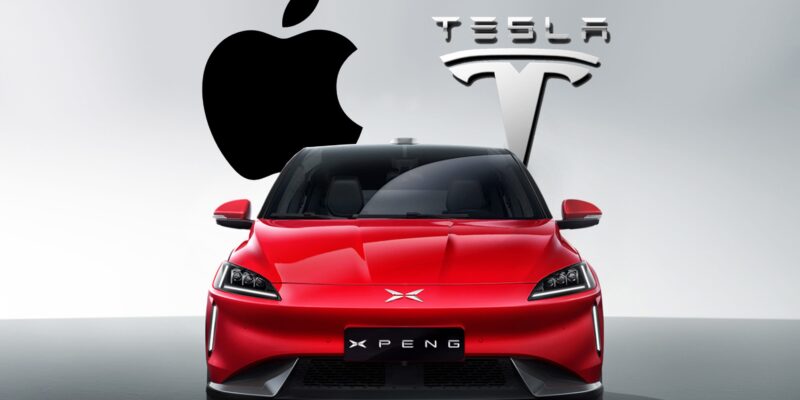
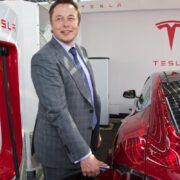






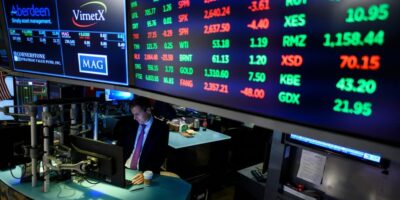


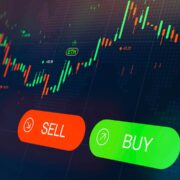
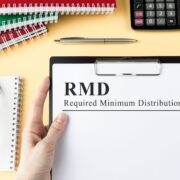
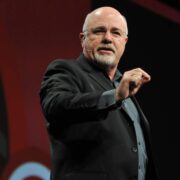





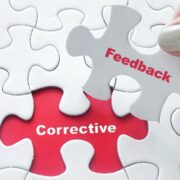

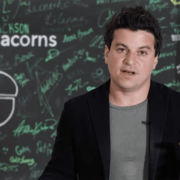

Comments